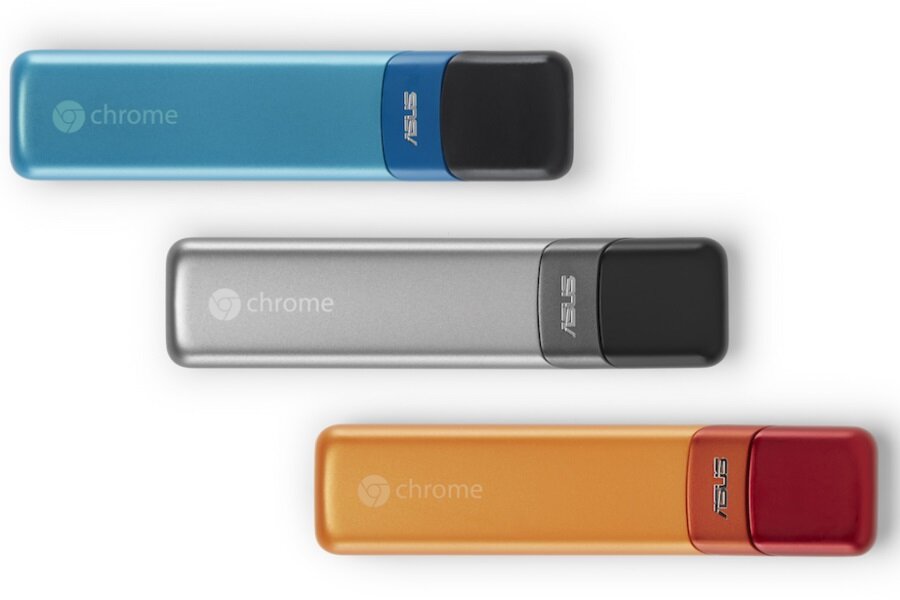Intel's tiny Compute Stick turn TVs into PCs
Loading...
There’s no shortage of “streaming sticks” on the market. Small devices such as a Google Chromecast or an Amazon Fire TV Stick plug into a TV’s HDMI port and allow the user to wirelessly play content from Netflix, Hulu, HBO, and other sources.
These sticks usually cost less than $40 and, with the aid of a Wi-Fi network, make it easy to get movies and TV shows onto the biggest screen in the house.
Spend a little bit more, however, and you can use your TV screen for more than just playing video content. Intel’s Compute Stick, a small device about the size of a thumb drive, will transform your TV into a computer running Windows 8.1 or Linux, allowing you to compose e-mails, browse the Web, or type documents right from the couch. According to PC Magazine, the Computer Stick will also be able to run Windows 10 when the operating system launches this summer.
In terms of power, the Compute Stick isn’t a substitute for a full-fledged laptop or desktop computer. It has a low-power Atom processor, 2 GB of memory, and 32 GB of on-board storage, meaning it won’t be able to handle most video games or other intensive tasks such as video editing. But it should be able to handle light use, and it comes with a pair of USB ports so you can plug in peripheral devices.
The Intel Compute Stick went on pre-order this week for a penny under $150, and will be available starting in May. If you’ve got an open HDMI port on your TV and a wireless keyboard and mouse, it’s an inexpensive way to get a computer capable of handling most light work.
The Compute Stick joins a handful of other tiny computers meant to transform your TV into a workstation, including the Chromebit, which was announced last week and will launch in the summer for about $100. The Chromebit is built by ASUS and runs Google’s lightweight Chrome OS, which is essentially a fleshed-out version of the company’s cloud-based app suite.
There are also a handful of Android-based computer sticks on the market, including the Rikomagic V5 and the MK903V TV Stick. These devices allow you to run Android apps on your TV, effectively turning the screen into a computer. Intel’s and Google’s sticks have a bit more horsepower, though, and are probably a better bet for getting work done from the couch.








